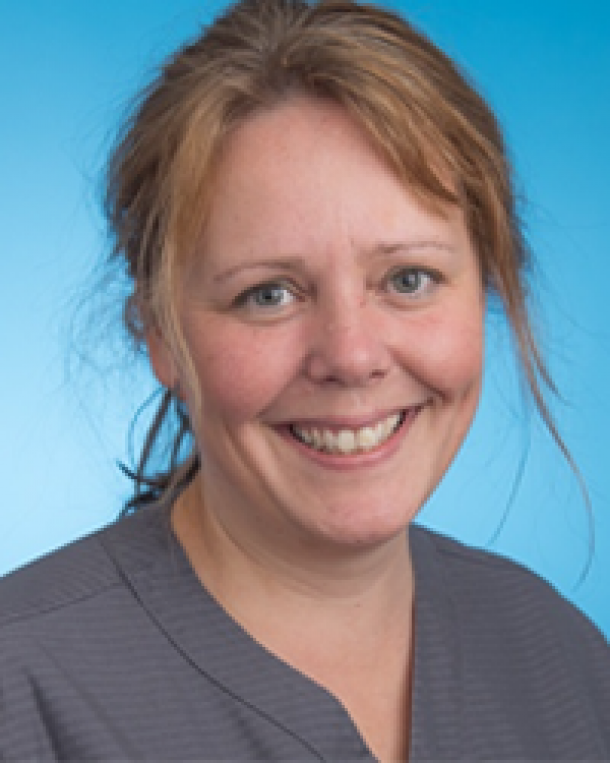General Overview
General Overview
The ESAVS Dermatology program consists of 6 one-week modules.
Dermatology I is mandatory before continuing to the next courses. Dermatology II, III, IV, V and VI can be taken in any order. The course masters and tutors are Diplomates in Dermatology (ACVD/ECVD/DVD) or diplomates, specialists and University teachers in the related disciplines within the program.
In this first introductory course, the basic principles of dermatology are reviewed. First is the biology of the skin, with special attention to the mechanisms of innate and acquired skin immunity and the skin microbiome. Second, the approach to the dermatological patient and how the diagnosis is made: the problem-oriented approach (POA), the decision-making process, the adequate use of diagnostic tests and the dual-processing model. Special attention is given to cutaneous histopathology, considered the most powerful diagnostic tool among the diagnostic tests. Furthermore, the students will learn how to design effective treatment plans under the paradigm of evidence-based medicine and the principles of conservative prescription.
In the second part of the course, the main bacterial diseases of the skin will be reviewed from common diseases such as superficial bacterial folliculitis to severe and uncommon conditions such as necrotizing fasciitis. The adequate use of diagnostic techniques (cultures, molecular techniques) and the therapy for skin infections, including those caused by multi-resistant organisms will be discussed.
Learning outcomes
At the end of the course, participants will be able to:
1. Understand skin structure and function (and how different components of the skin are involved in the pathogenesis of different skin diseases).
2. Approach a dermatologic patient following the POA (history, clinical and dermatologic examination, definition of the problem(s), elaboration of an adequate differential diagnosis list).
3. Perform and interpret basic diagnostic techniques (skin scrapings, cutaneous cytologies, skin cultures, skin biopsies).
4. Diagnose and treat the most common bacterial skin diseases of the dog and cat.
Main topics:
Skin biology. Mechanisms of cutaneous immunity. Skin microbiome.
The approach to the dermatologic patient. History, lesion description, problem definition and use of diagnostic techniques (cytology, histopathology, molecular techniques). How a diagnosis is made (dual processing theory).
Bacterial skin infections. Bacterial folliculitis-other superficial pyodermas.
Folliculitis-furunculosis (generalized, post-grooming, German shepherd).
Other deep bacterial infections: botryomycosis, actinomycosis, nocardiosis.
Mycobacterial infections: feline leprosy, panniculitis caused by rapidly growing mycobacteria, canine leproid granuloma syndrome. Necrotizing fasciitis.
Special focus:
Understanding bacterial resistance and the MRS issue.
Wetlabs:
Principles of cutaneous cytology.
How to obtain useful skin biopsies.
Basic histology of the skin.
Language
All modules will be held in English.
Monday, 04 November 2024
08:30 - 09:00 Welcome
09:00 - 09:45 Introduction, Skin biology: Keratinocyte biology
09:45 - 10:30 Skin biology: basement membrane zone (BMZ)
10:30 - 11:00 Coffee Break
11:00 - 11:45 Skin biology: dermis
11:45 - 12:30 Skin biology: hair follicles and glands
12:30 - 14:00 Lunch Break
14:00 - 14:45 Examples and clinical cases
14:45 - 16:00 Wet lab: Skin histology (group 1)
Wet lab: skin biopsy. How to obtain useful skin biopsies (group 2)
16:00 - 16:30 Coffee Break
16:30 - 17:30 Wrap up, Derm Dx Quiz, Quick self-assessment
Tuesday, 05 November 2024
9:15 - 10:00 Immunology of the skin, acquired immune response
10:00 - 10:30 Coffee Break
10:30 - 11:15 Melanocytes and skin pigmentation
11:15 - 12:00 Skin microbiome
12:00 - 13:30 Lunch
13:30 - 14:15 Examples and clinical cases
14:15 - 16:00 Wet lab: Skin histology (group 2)
Wet lab: skin biopsy. How to obtain useful skin biopsies (group 1)
16:00 - 16:30 Coffee Break
16:30 - 17:30 Wrap up, Derm Dx Quiz, Quick self-assessment
Wednesday, 06 November 2024
09:00 - 10:30 The approach to the dermatologic patient
10:00 - 10:30 Coffee Break
10:30 - 12:00 Superficial bacterial folliculitis-and other superficial pyodermas
12:00 - 13:30 Lunch
13:30 - 14:15 Examples and clinical cases: Diagnostic approach to focal – multifocal alopecia
14:15 - 15:00 Deep pyodermas, generalized folliculitis-furunculosis. Post-grooming furunculosis
15:00 - 16:00 Journal Club: Loeffler & Lloyd (2018) and Guardabassi et al (2018) Ferrer
16:00 - 16:30 Coffee Break
16:30 - 17:30 Wrap up, Derm Dx Quiz, Quick self-assessment
Thursday, 07 November 2024
09:15 - 10:00 Understanding bacterial resistance and the MRS issue
10:00 - 10:30 Coffee Break
10:30 - 11:15 How to interpret susceptibility test results
11:15 - 12:45 Wet lab: Skin cytology
12:45 - 14:15 Lunch
14:15 - 16:00 Discussion of cytology clinical cases
16:00 - 16:30 Coffee Break
16:30 - 17:30 Wrap up, Derm Dx Quiz, Quick self-assessment
Friday, 08 November 2024
09:00 - 10:30 Mycobacterial infections, feline leprosy, panniculitis caused by rapidly growing mycobacteria, canine leproid granuloma syndrome
10:30 - 11:00 Coffee Break
11:00 - 11:45 Other deep bacterial skin infections
11:45 - 13:15 Discussion of clinical cases
13:15 - 14:30 Lunch
14:30 – 15:15 Therapy focus: Principles of topical therapy, antimicrobial therapy
15:15 – 16:00 Journal Club
16:00 – 16:30 Coffee Break
16:30 – 17:30 Wrap up, Derm Dx Quiz, Quick self-assessment
Course Masters
Course Location
CU Innovation Center for Veterinary Clinical Training, Chulalongkorn University, 254 Phayathai Road, Pathumwan, Bangkok 10330, Thailand
Registration and Fees
Discount tuition fee for Thailand, Indonesia, Philippines, Malaysia, India, Sri Lanka, China, Pakistan, Lebanon and Vietnam: EURO 1.250,–
Early registration: Euro 1.150,-
(Deadline for FULL early registration payment: 14th September 2023)
Discount tuition fee for Macao, South Korea and Taiwan: EURO 1.650,–
Early registration: Euro 1.550,-
(Deadline for FULL early registration payment: 14th September 2023)
Tuition fee for Europe, Singapore, Hong Kong, Australia, New Zealand, United Arab Emirates, Canada, USA and Japan: EURO 2.350,–
Early registration: Euro 2.250,-
(Deadline for FULL early registration payment: 14th September 2023)
Scholarship
Please find the button below to access the scholarship application.
For payment via Bank Transfer or Paypal please contact the ESAVS Office for Asia: This email address is being protected from spambots. You need JavaScript enabled to view it.
If you have any questions regarding the registration or any other further details for the courses in Asia please contact the ESAVS Office for Asia: This email address is being protected from spambots. You need JavaScript enabled to view it.




